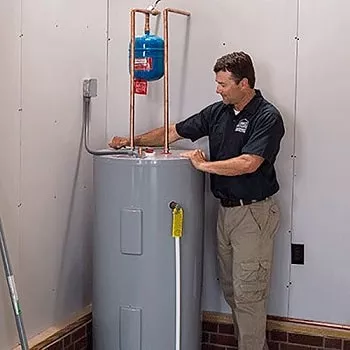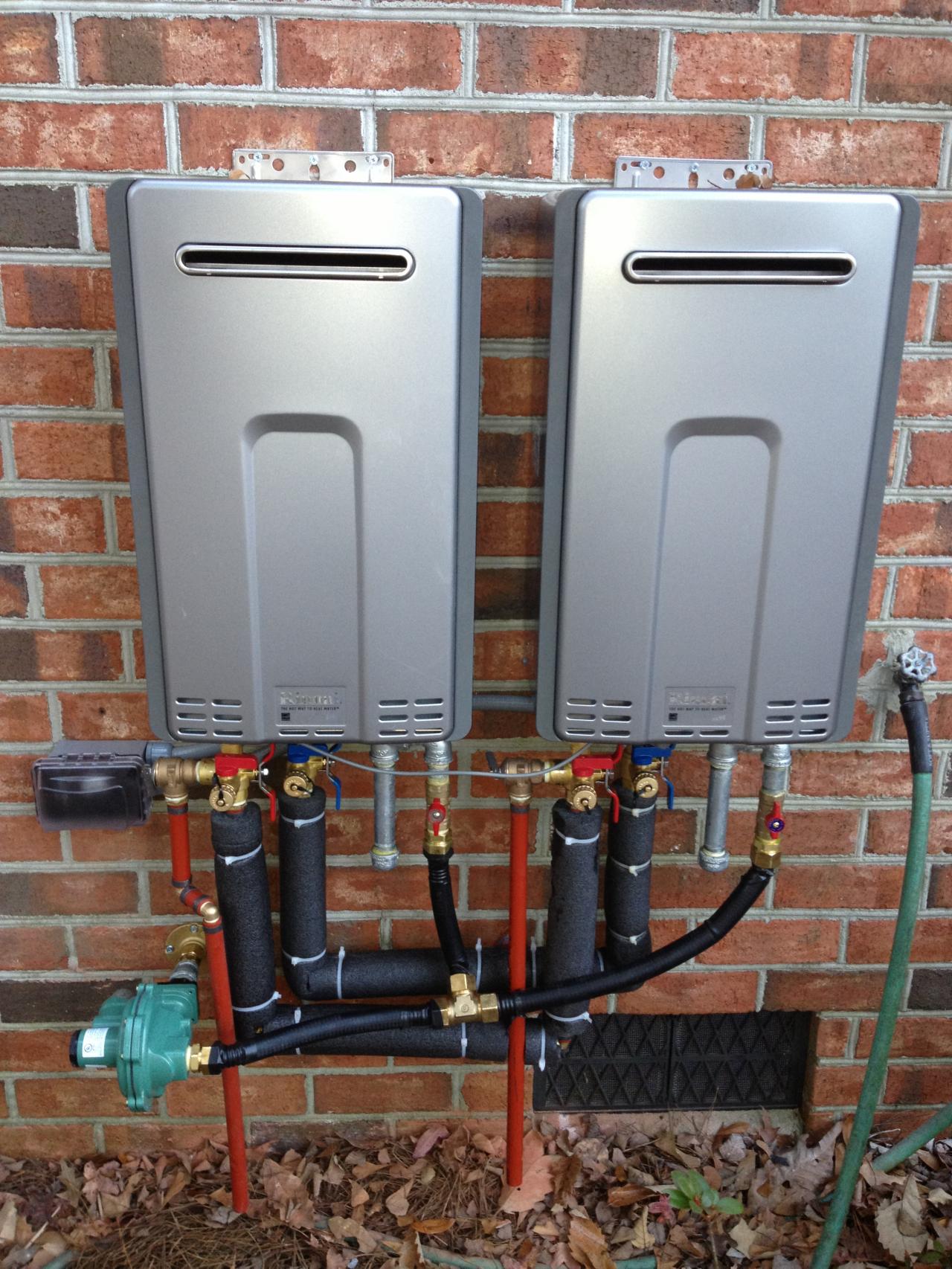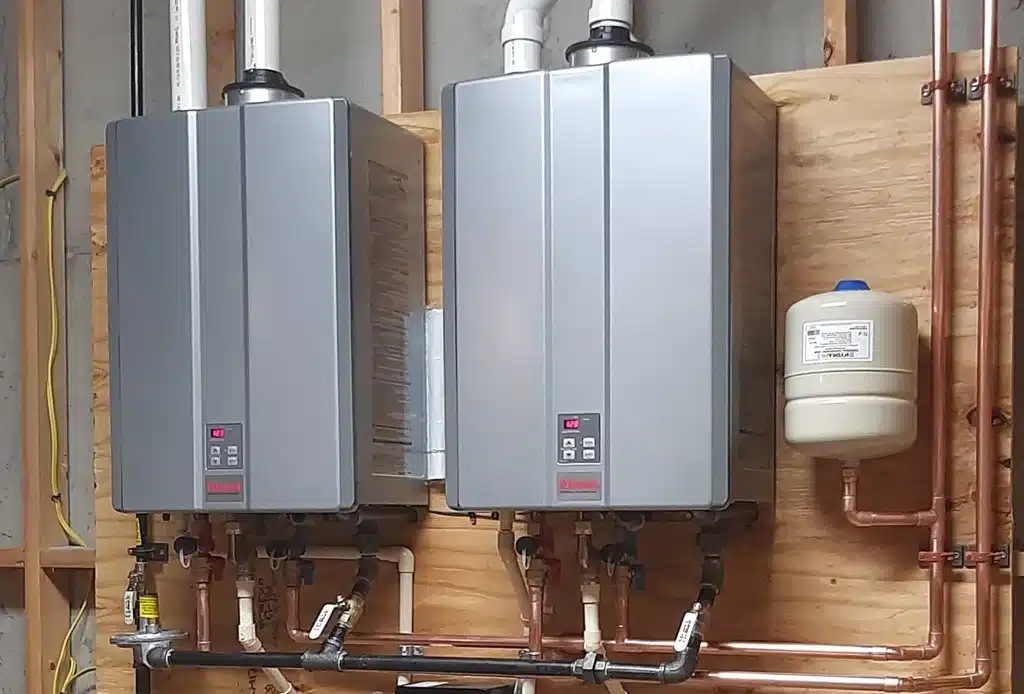Complete Guide to Water Heating SystemInstallation and Replacement
Recognizing the details of water heating system installment and substitute is essential for property owners seeking to make sure performance and reliability in their hot water supply. From choosing the proper type and size to implementing a seamless setup procedure, a number of elements need to be taken into consideration to avoid typical risks.
Types of Hot Water Heater
When considering water heater installment and substitute, it is vital to understand the numerous sorts of hot water heater available in the market. One of the most typical types consist of storage tank water heaters, tankless hot water heater, warmth pump water heating units, and solar hot water heater.
Container hot water heater are standard systems that store a details volume of warm water, making them conveniently offered when needed. They are usually cheaper in advance however might sustain higher power prices gradually because of heat loss. In contrast, tankless water heaters provide warm water on need, getting rid of the demand for storage space. They are energy efficient and can conserve area, but their preliminary costs are typically higher.
Warm pump water heating systems utilize power to move heat from the air or ground to warm water, supplying significant energy cost savings yet calling for more space and particular installment problems. Last but not least, solar hot water heater harness solar power to heat water, supplying an environmentally friendly choice with possible lasting price financial savings, although they frequently need a backup system for gloomy days.
Recognizing these alternatives makes sure notified decisions concerning installation and replacement, providing to certain requirements and preferences.
Choosing the Right Size
Choosing the suitable dimension for a water heating system is critical to make sure optimal efficiency and effectiveness. An unit that is also tiny will certainly have a hard time to satisfy family demands, leading to irregular hot water schedule and boosted energy intake. On the other hand, an oversized water heating system can result in unneeded energy waste and greater energy expenses.
To identify the right dimension, think about the home's top hot water usage. This can be computed based upon the number of owners and their normal warm water requirements. A family of 4 might require a water heating unit with an ability of 50 to 80 gallons, depending on the usage patterns, such as simultaneous showers and washing.
Additionally, examine the recovery rate, which determines just how quickly a heating unit can restore warm water after it has been made use of. For tankless versions, concentrate on the flow price, gauged in gallons per min (GPM), to ensure it satisfies the family's synchronised demand.

Setup Refine Summary

Following, the old system must be separated and eliminated, making sure to adhere to local codes and laws relating to disposal. Once the old system is out, the new water heating system can be positioned in area. This step involves linking the water supply lines, making certain that all fittings are leak-free and safe.
After establishing water connections, it's important to attach the power supply, whether electric or gas, adhering to the producer's guidelines carefully. As soon as all connections are made, the system must be filled with water, and the power can be turned back on. Ultimately, it is essential to look for leakages and make sure the water heater is operating correctly before finishing the setup procedure.
Usual Installation Mistakes

An additional constant error is disregarding to adhere to regional codes and laws. Stopping working to stick to these standards can not just lead to security threats but might also lead to pricey fines or the requirement for pricey reinstallation. Furthermore, inappropriate venting is a crucial problem. Inadequate air flow can cause dangerous gas accumulation, posing serious wellness risks.
Stopping working to protect connections or utilizing the incorrect type of installations can lead to leakages and water damages. By preventing these common setup errors, property owners can guarantee their water heating unit operates securely and effectively, making the most of performance and long life.
Maintenance Tips for Longevity
Correct maintenance of a water heating system is essential for its long life and ideal efficiency. Routine assessments and servicing can prevent pricey repair work and extend the device's life expectancy. Begin by inspecting the temperature level setting; it needs to normally be set in between 120 ° F and 140 ° F for ideal power efficiency and safety and security.
Every six months, purge the tank to get rid of sediment buildup, which can hinder heating effectiveness and cause rust. To do this, switch off the heating unit, attach a hose pipe to the drainpipe valve, and allow the water run until it is clear.
Anode poles ought to be evaluated yearly and changed when they are corroded. These poles aid avoid storage tank rust by attracting destructive aspects in the water.
In click now addition, check the pressure safety valve frequently to guarantee it is operating appropriately. This valve is important for stopping too much stress buildup within the tank.
Lastly, think about arranging a specialist upkeep check every couple of years for thorough inspections and servicing. By adhering to these maintenance suggestions, house owners like it can dramatically enhance the efficiency, safety, and lifespan of their water heating systems, ensuring dependable hot water for years to come.
Conclusion
In conclusion, correct setup and maintenance of water heating systems are important for guaranteeing efficiency and long life. By comprehending these important facets, house owners can achieve a reliable hot water supply while reducing prospective problems associated to water heating unit procedure.
Recognizing the details of water heating system installation and replacement is important for home owners seeking to guarantee efficiency and reliability in their warm water supply.Container water heaters are standard systems that save a particular quantity of warm water, making them readily available when required. In comparison, tankless water heaters give hot water on need, removing the need for storage space. Picking a water heating unit that is either as well tiny or too huge can lead to ineffectiveness, resulting in inadequate hot water supply or too much power consumption.
By helpful resources understanding these crucial facets, home owners can attain a reliable hot water supply while reducing prospective concerns related to water heater operation. water heater installation.
Comments on “Trustworthy Pipe Repair Solutions to Avoid Expensive Water Damage”